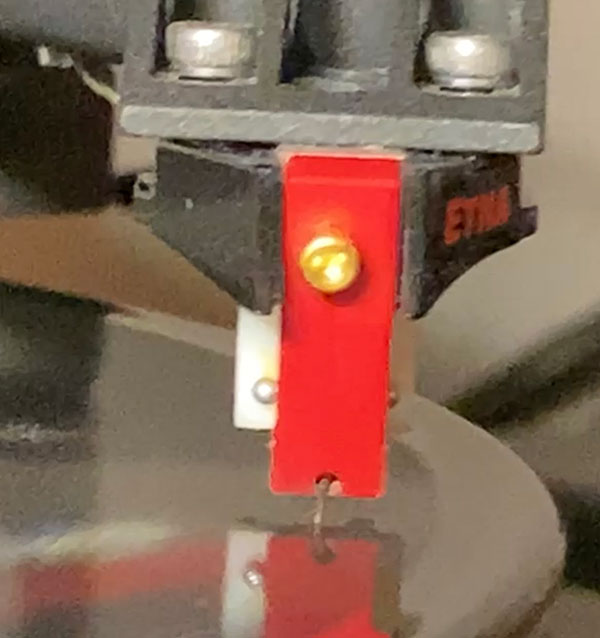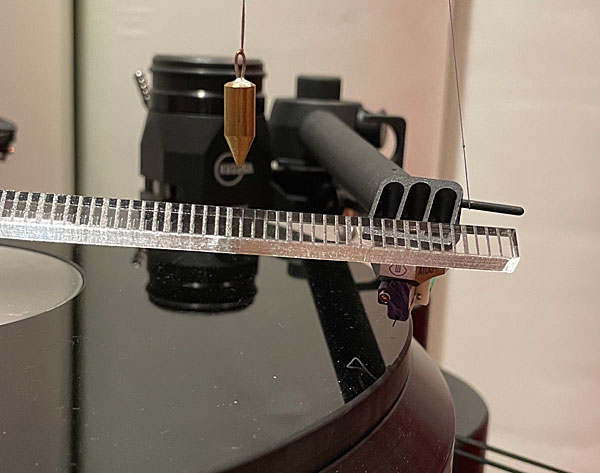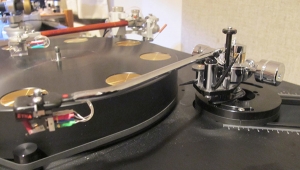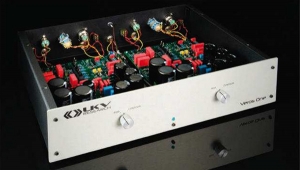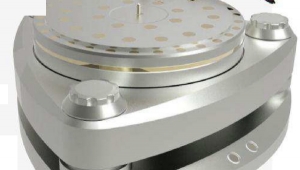| Columns Retired Columns & Blogs |
Quote.
"Tracking force using a high-quality digital scale"
"I used a digital stylus force gauge to set tracking force"
"I set the Etna's stylus rake angle (SRA) using a digital microscope"
"I measured channel separation with a digital oscilloscope"
Cheers George


